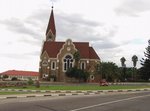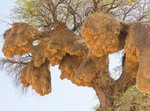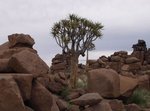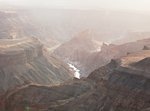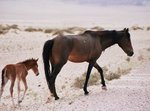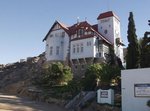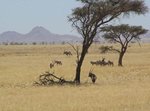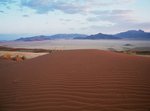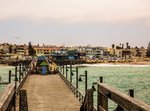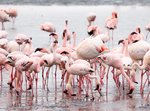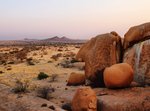Day 1
Arrive in Windhoek. Spend the day at leisure. Windhoek is the capital and largest city of the Republic of Namibia. It is located in central Namibia in the Khomas Highland plateau area, at around 1 700 metres above sea level. Notable landmarks are: Parliament Gardens, Christ Church and the Tintenpalast.
Day 2
Your journey leads you into the centre of the Kalahari Desert via Rehoboth and Kalkrand. You will be able to take part on an optional guided scenic drive through the red sand dune landscape on the ranch.
The Kalahari Desert is a large semi-arid sandy savannah in Southern Africa extending 1.2 million square kilometres, covering much of Botswana and parts of Namibia and South Africa.
Day 3
After breakfast drive via Mariental and Keetmanshoop to the Fish River Canyon. En-route you can visit the Quivertree Forest near Keetmanshoop.
Aloe dichotoma is a tall, branching species of aloe, indigenous to Southern Africa, specifically in the Northern Cape region of South Africa, and parts of Southern Namibia. The species name "dichotoma" refers to how the stems repeatedly branch into two ("dichotomous" branching) as the plant grows.
Day 4
Visit the Fish River Canyon, a spectacular natural phenomenon. From the different viewpoints, you have the chance to get a feeling of the enormity of the second largest canyon in the world.
The Fish River is the second largest canyon in the world and the largest in Africa, as well as the second most visited tourist attraction in Namibia. It features a gigantic ravine, in total about 160 km long, up to 27 km wide and in places almost 550 metres deep.
Day 5
Drive via Seeheim and Aus towards the coastal town of Lüderitz. If you are lucky, you will see the wild horses of the Namib Desert.
The Wild Horses of the Namib hold a powerful fascination. For centuries, their origin was shrouded in mystery. Their habitat, the barren plains around Garub on the eastern fringe of the Namib Desert, is no paradise. Nevertheless, they have managed to adapt to the harsh conditions.
End of the day by taking a walk through the historic town of Lüderitz.
Day 6
Explore the harbour town and the surrounding area today. You can drive to the ancient diamond ghost town Kolmanskuppe or travel along the coastline to visit the Diaz Point and the bays along the way. In town, you can go to the museum, the Goerke House or the ‘Felsenkirche’. Do you maybe want to book a guided tour to the Rock Arch or visit Elisabeth Bay in the restricted diamond area? What about a boat cruise to a penguin island?
Day 7
Your journey leads you back to the interior of Namibia. Drive via Aus into the direction of Sesriem to reach the lodge nearby whilst driving along stunning landscape. En-route you can visit the Duwisib Castle which was built in the middle of nowhere.
Duwisib Castle, is a grand pseudo-medieval looking fortress in the hills of the semi-arid Southern Namib region of Namibia. It was built by 'Baron' Captain Hans Heinrich von Wolff.
Day 8
Explore the Sossusvlei, surrounded by the world’s highest dunes, today in the early morning.
The sand dunes of Sossusvlei in the Namib Desert are thought to be the highest dunes in the world. The best time to view Sossusvlei is close to sunrise and sunset, when colours and shades change constantly, offering a photographer’s dream.
Day 9
Once again, the route leads you to the coast of Namibia. Drive via Solitaire through the barren Namib Desert with its unique eco-system. You can visit the ancient Welwitschia plants and the moonlandscape.
The Namib Desert, the world's oldest desert (43 million years), covers just under 50 000km² and incorporates the Namib Naukluft Park, a section of the diamond area to the south and the Skeleton Coast to the north, which was recently proclaimed as the Dorop Park.
Day 10
Enjoy the day at leisure.
Swakopmund was founded in 1892 as the main harbor for German South-West Africa, and a sizable part of its population is still German-speaking today. Boats were offloaded at Swakopmund’s landmark, the jetty. Swakopmund has an excellent museum on the history of Namibia / Southwest Africa. Swakopmund has a lot to offer which include attractions like: the National Marine Aquarium, the Crystal Gallery, the Martin Luther Steam locomotive and “things to do” like fishing, skydiving and quad biking, dune riding, ballooning, camel riding and excellent shopping possibilities.
Day 11
After a good breakfast, you will drive toward Usakos to the lodge, which is situated at the foot of the great Spitzkoppe mountain.
The Spitzkoppe (from German for "pointed dome"; also referred to as Spitzkop, Groot Spitzkop, or the "Matterhorn of Namibia") is a group of bald granite peaks or inselbergs located between Usakos and Swakopmund in the Namib desert of Namibia. The granite is more than 120 million years old and the highest outcrop rises about 1,728 meters (5,669 ft) above sea level.
Day 12
Your trip is coming to an end now – you will drive via Okahandja to Windhoek and then onwards to the airport for your flight back home.
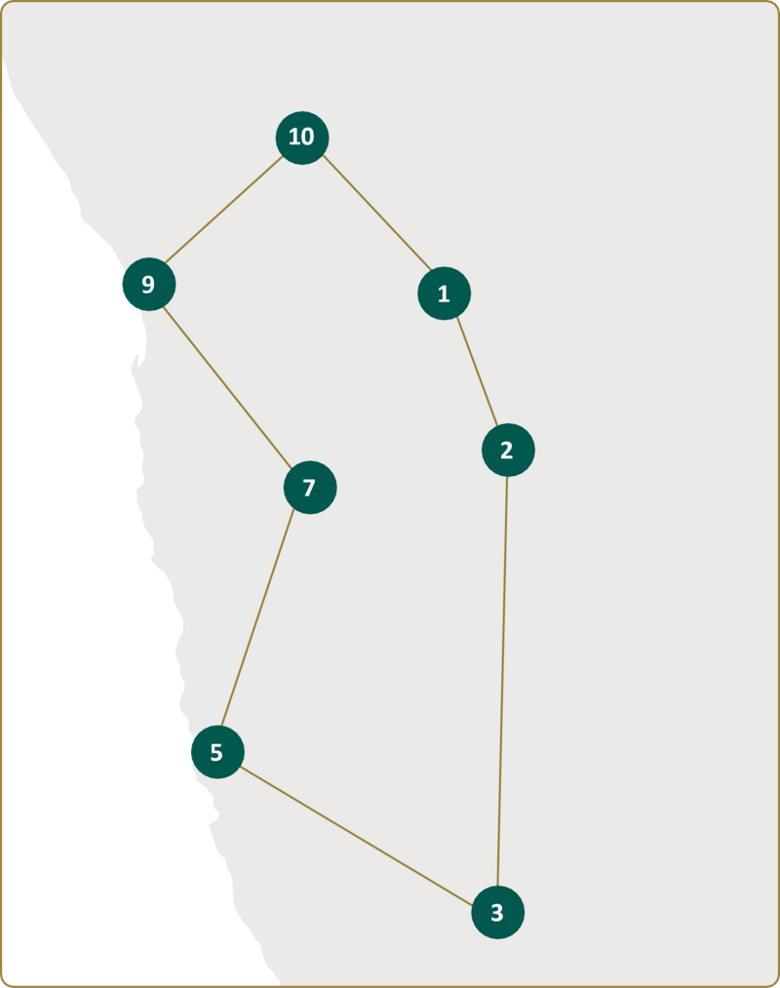
- 1. Villa Violet
- 2. Kalahari Red Dunes Lodge
- 3. Fish River Lodge
- 5. Alte Villa Gästehaus
- 7. Dead Valley Lodge
- 9. Delight Hotel Swakopmund
- 10. Spitzkoppen Lodge

